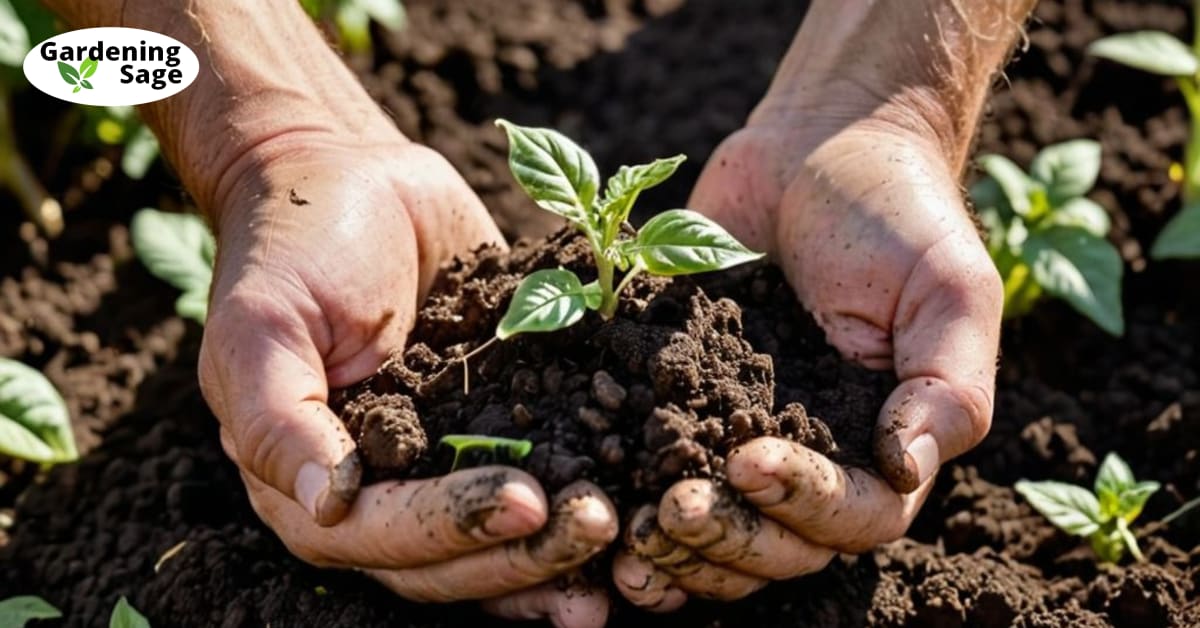Nurturing Your Garden Starts with Nourishing Soil
As any seasoned gardener knows, the secret to a bountiful harvest lies in the health of the soil. Healthy soil is the foundation for growing robust vegetables and herbs. When starting a new garden bed or nurturing an existing one, investing effort into building up your soil will pay dividends for years to come, yielding a more productive and vibrant garden.
The ideal soil texture for vegetable gardening is loose, crumbly, and rich in organic matter. This type of soil structure allows plant roots to spread unimpeded while also retaining moisture and delivering nutrients effectively. So what’s the secret to crafting such premium soil for your veggies? It involves understanding the soil’s composition and knowing how to enhance and maintain its fertility.
Understand the Components of High-Quality Soil
Productive soil contains a blend of clay, silt, and sand particles, each playing a crucial role in the health of the soil. Clay holds moisture, silt supplies nutrients, and sand provides drainage. An even ratio of these components creates loam, the ideal medium for most edible plants. Loam supports a wide variety of plant life due to its balanced structure, which promotes good root development and water retention while preventing soil compaction.
In addition to texture, soil needs organic matter from compost, manure, or other natural sources. This nourishes plants, encourages microbial activity, and improves drainage and aeration. Aim for 5-10% organic content in your vegetable beds. This level of organic matter will ensure that your soil is teeming with life and nutrients, ready to support a thriving garden.
Assess and Amend Your Existing Soil
Before you can begin to improve your soil, it’s essential to test your current soil to determine its texture, pH level, and nutrient content. Home soil test kits are inexpensive and easy to use, providing a good starting point for understanding your soil’s condition. For a more comprehensive analysis, you can also send samples to your local agricultural extension office for a professional evaluation.
Based on the test results, add amendments as needed. To lighten heavy clay soils, mix in organic materials such as compost, peat moss, or coarse sand. These amendments can help to break up the dense particles of clay, improving aeration and drainage. For sandy soils that struggle with water retention, incorporate compost or topsoil to increase the soil’s density and its ability to hold nutrients and water.
Adjusting the pH is also crucial for optimal vegetable growth. Most vegetables prefer slightly acidic soil conditions, around 6.0-6.5. If your soil is too acidic, you can raise the pH by adding ground limestone. Conversely, if your soil is too alkaline, you can lower the pH by incorporating sulfur. These adjustments will help create an environment where vegetables can absorb the nutrients they need to grow.
Mix in Organic Matter for a Nutrient Boost
While mineral content is important, vegetables thrive when soil contains ample organic matter. Compost, aged manure, leaf mold, grass clippings, and cover crops are all excellent choices for enriching the soil. These materials not only provide essential nutrients but also improve soil structure and encourage beneficial microbial activity.
In new garden beds, mix 1-3 inches of organic material into the top 6-12 inches of native soil. This will integrate the organic matter thoroughly, creating a fertile environment for young plants to take root. For existing beds, top dress with 1-2 inches of compost or manure yearly to replenish nutrients and maintain soil vitality.
Worm castings and organic fertilizers also deliver a nutritional punch. These can be particularly effective when used sparingly and according to package instructions to avoid over-fertilizing, which can be just as detrimental to plant health as under-fertilizing.
Continue Feeding Your Soil
Proper soil management doesn’t stop after prepping your beds. It’s an ongoing process that requires attention throughout the growing season. Utilize these techniques to keep your soil rich and productive:
- Mulch beds with 2-3 inches of organic matter to retain moisture and nutrients. This layer of mulch also suppresses weeds and can break down over time to add even more organic matter to the soil.
- Plant cover crops like clover or rye to boost organic content between vegetable plantings. These crops also help to prevent soil erosion and can fix nitrogen in the soil, reducing the need for chemical fertilizers.
- Rotate vegetable families between beds to prevent nutrient depletion and reduce the likelihood of disease buildup. This practice ensures that the same nutrients are not being drawn from the soil year after year.
- Mix in a thin layer of compost or manure when replanting beds to give new plants a nutrient-rich start and to continue the cycle of soil enrichment.
By understanding soil composition, testing and amending when needed, and regularly replenishing organic matter, you’ll be rewarded with soil that nourishes happy, healthy veggie crops for years to come. Your efforts in creating and maintaining fertile soil will result in a garden that is not only productive but also sustainable, providing a natural and rewarding approach to gardening.














